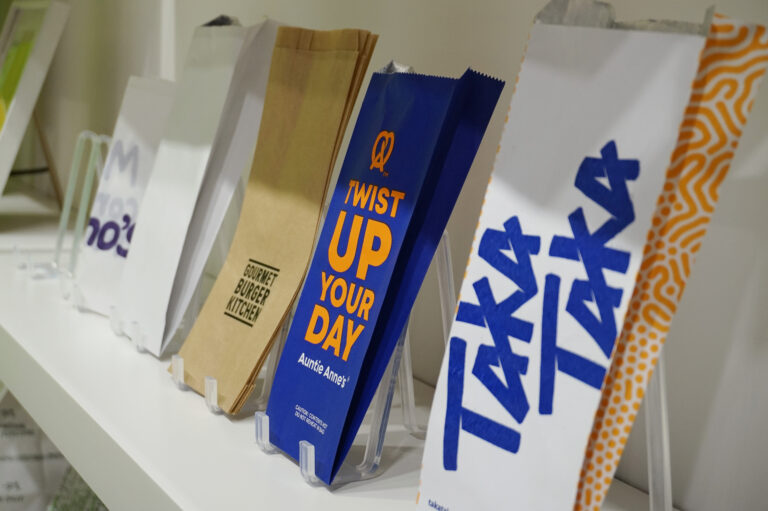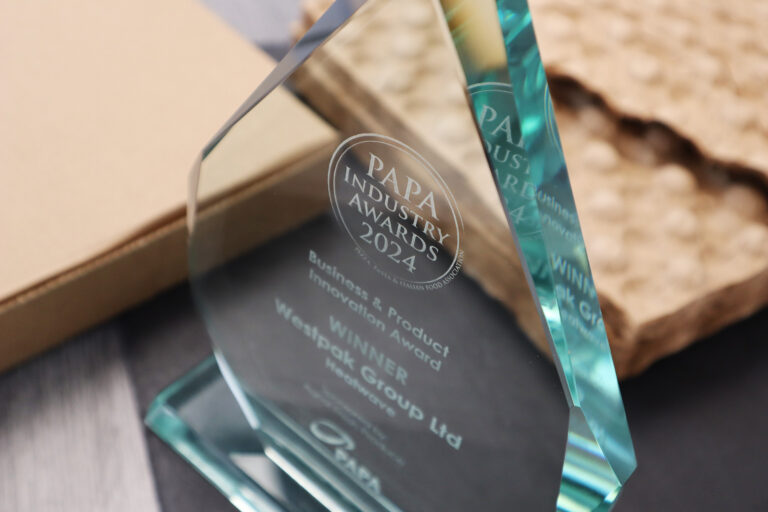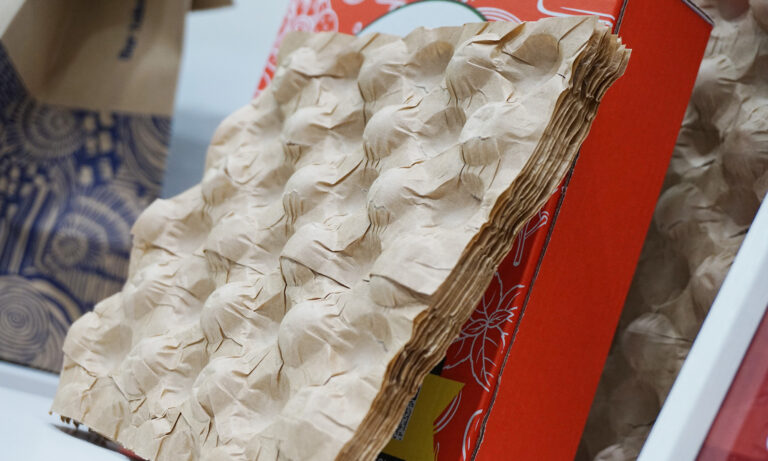Sustainability remains one of the core trends driving the UK packaging industry. However, ‘sustainability’ is a term that is often presented in broad terms as well as regularly being used interchangeably with a range of other terminology. This can create confusion amongst consumers and can even cause products to be inadvertently incorrectly processed at their end-of-life stage. So what do we truly mean by ‘sustainability’, and what do we mean by being eco-friendly, or compostable or recyclable? We’d like to shed some light on the processes and true intentions behind these key terms.
The terms ‘sustainable’ and ‘eco-friendly’ are often used broadly in their application, but share a common concern for various ecologically detrimental processes. ‘Sustainability’ gained prominence as a term following the publication of the ‘Brundtland Report’ in 1987, which positioned the concept around economic, social and ecological considerations. The term is generally seen as relating to the idea of a harmonised relationship between human life and environmental considerations. The term ‘eco-friendly’ is concerned more purely with environmental considerations. While broad in its use, it refers to the idea of products and processes having the smallest possible negative impact on the environment.
What About The Industry’s More Detailed Terminology?
…And how exactly can you identify a particular piece of packaging’s recyclable or sustainable credentials? Well, In the UK, various symbols are used to indicate the environmental characteristics of certain products and packaging. ‘Recycle’ and ‘Rinse | Recycle’ symbols are commonly shown on items that are widely processed for recycling. Some products may also often show ‘recycle’ and ‘don’t recycle’ icons indicating that certain parts of the item can be recycled with other parts needing to be removed and processed separately.
Various other symbols and icons are used with varying meanings. ‘The green dot’ symbol can often be misinterpreted, as it only signifies that the producer has made contributions to recycling efforts. The symbol does not actually necessarily correlate with any recyclable properties of the item itself. Similarly, the icons known as the ‘mobs loop’ only signifies that the item in question is able to potentially be recycled. Recyclable plastics, however, are often more clearly marked through being assigned a number as part of the ‘resin identification code’. Numbers from 1-7 are assigned to different plastics in accordance with their specific recyclable properties. Paper and cardboard items will often show the ‘recycle’ or ‘Rinse | Recycle’ icons. In addition, such products may also show the Forest Stewardship Council (FSC) logo where they have been sourced from forest that adhere to the FSC’s standards.
So What About A Product’s Compostable Or Biodegradable Credentials?
The terms ‘biodegradable’ and ‘compostable’ are often used interchangeable but unfortunately they shouldn’t be. Biodegradable products should be able to break down naturally. This natural process follows three key stages: ‘biodeterioration’, ‘biofragmentation’, and ‘assimilation’. Compostable packaging, by contrast, requires more specific environmental factors in order to successfully be broken down. This can may include certain temperature or moisture level thresholds, for example. Such products will also vary in their ability to be recycled. Paper and card-based products, for example, are compostable and are also recyclable. By contrast, Biopolymer and Bio-plastic products classed as compostable are not recyclable. Products recognised as being industrially compostable to EN 13432/14955 standards will often show a ‘seedling’ logo. Many items will also show a ‘home composting’ logo which signifies the products can be composted under more natural, non-industrial processes.
The packaging industry does of course use more generic terms on various forms of packaging, such as ‘eco-friendly’. Unfortunately, as mentioned earlier, this can often be misleading for consumers due to the very specific ways products may need to be processed at the end-of-life stage to ensure their green credentials are actually realised.
But That’s Not The End Of The Story…
As well as assessing each sustainable trait in isolation, we also need to be aware of their shared compatibility or mutual exclusivity. In addition, the broad sustainable impact of each option should be considered. By this, we mean considering the associated carbon footprint created in the products initial production, manufacturing process as well as associated transportation issues and any other environmentally detrimental factor.
We’re on hand to help you unravel the true picture of sustainable food packaging and our team are ready to discuss your business’s unique needs, balancing core business objectives and efficiencies with an expertise in environmental awareness.


